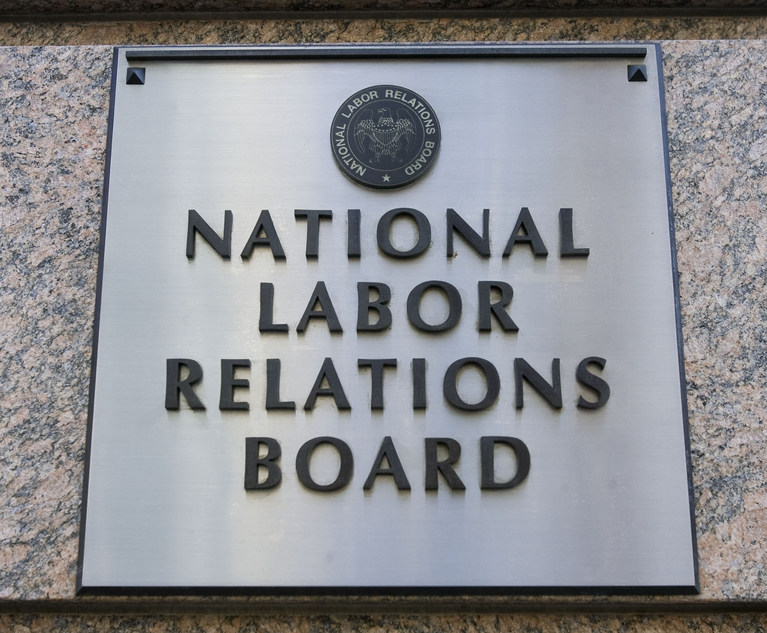Why Wouldn’t a Corporation Violate Labor Law?

Timothy Noah goes deep into the almost meaningless violations for employers violating labor law.
The United States is experiencing an invisible crime spree—by employers. Since 2014, the number of children employed in violation of labor law has quadrupled. Wage theft (i.e., violations of minimum wage and overtime laws) reduces paychecks by an estimated $50 billion per year, or more than half what retail outlets lose from shoplifting. And last year nearly 20,000 charges of unfair labor practices were reported to the federal government, the highest level since 2017.
Unlike the property crimes that politicians talk about (which fell 59 percent between 1993 and 2022), violations of labor law are committed by respectable citizens in no danger of criminal prosecution. The penalties they pay are monetary, in the form of fines or mandatory back pay. These penalties are—as the title puts it in a new report prepared by the Democratic staff of the House Education and the Workforce Committee—“a slap on the wrist.” Violating labor law is, the report notes, a routine cost of doing business.
Indeed, committing labor violations is less costly than many routine fees paid by businesses voluntarily. The $2,500 maximum annual membership fee to belong to the United States Chamber of Commerce is more than many businesses pay when they get caught red-handed firing an employee for engaging in union-related activity. The median car allowance for a chief executive officer is $15,000; that’s higher than the median penalty leveled by the Occupational Safety and Health Administration ($14,063) when a worker gets killed on the job.
The two highest maximum penalties permitted by law, according to the report, are the OSHA fine for a “repeat or willful safety and health violation” ($161,323) and the Labor Department fine for a “child labor violation that causes death or serious injury” ($71,031). Other maximum penalties are all below $17,000, and usually well below. Repeated or willful minimum-wage violation? Pay the man the five dollars—in this case, $2,451. If the violation isn’t repeated or willful, there will be no fine at all; the boss is merely on the hook for back pay at the minimum-wage level of $7.25 per hour or $10.88 per hour for overtime, even if the worker in question got paid more than minimum wage. A wage-theft bill introduced last fall by Senator Patty Murray, Democrat of Washington, would for the first time add a civil penalty for committing wage theft of up to $22,030 and, for repeat or willful violations, $110,150.
Violating somebody’s right to organize a union and engage in collective bargaining is another offense that carries no financial penalty, merely the requirement that the employee in question be reinstated and furnished with back pay. When the National Labor Relations Board last year issued a decision against Noah’s Ark Processors, a meat-packing company, for bargaining in bad faith, the management-side law firm Holland & Knight called the penalty “heavy-handed.” What was this cruel and unusual punishment? Noah’s Ark Processors had to read publicly and mail to employees a “notice and explanation of rights” and endure periodic visits from an NLRB representative to check on compliance. Boo freaking hoo.
I mean really, why wouldn’t you violate labor law if this is the punishment. Which of course doesn’t stop corporations from whining over having to admit that they even did anything wrong.


